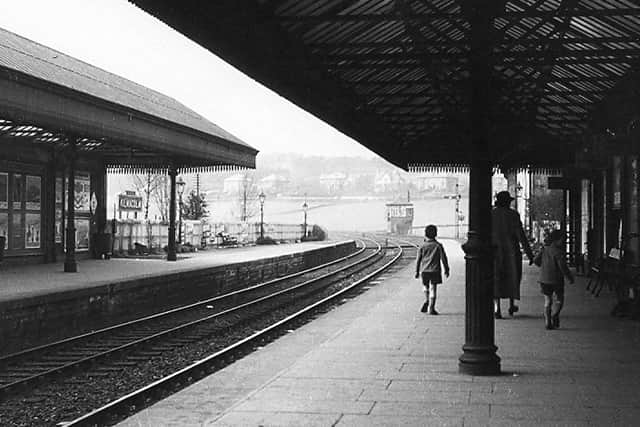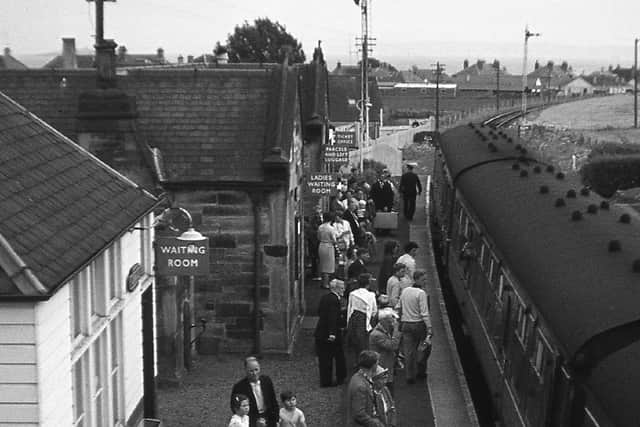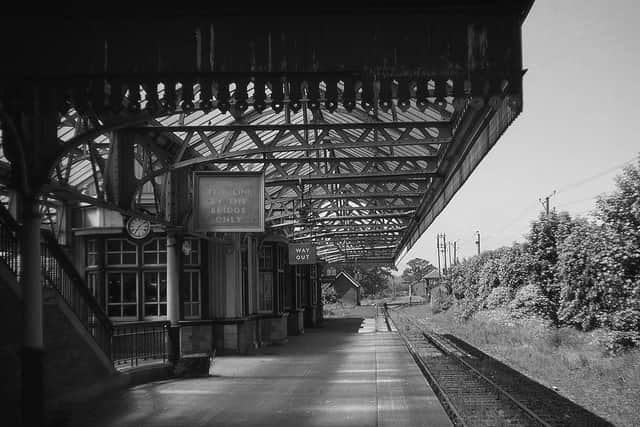Book review: Scotland’s Lost Branch Lines – Where Beeching Got it Wrong, by David Spaven
The intriguing proposition posed by this ostensibly historical account is that the past could have a future. Unlike the many books published to mark the 50th anniversary of the notorious Beeching Report, David Spaven’s, which appears ahead of the 60th next year, looks forward as well as back.
In Scotland’s Lost Branch Lines, the author forensically dissects the case presented for closing ten of the routes – routes which he argues should never have been closed, and which are all now fondly remembered but alas little-used aspects of our heritage.
Advertisement
Hide AdHowever, while expertly exposing the flawed arguments that sealed their fate, Spaven also sets out the prospects for each in the current era of rail re-openings.


It is the author effectively casting the net wider after his detailed chronology of the rebirth of the Borders Railway in his book Waverley Route, with the rebuilding of another line, to Levenmouth in Fife, now also underway. As Spaven muses in the final chapter of his new book: “Might that be just the first re-opening of a number of the branch lines featured in this book?”
The Covid pandemic notwithstanding, today’s optimism about the long-term future of the railways is in stark contrast to the dark days of the late 1960s which Spaven describes, relating that a fellow railwayman was asked: “Why are you joining the railways, son? The railways are finished.”
He acknowledges the strength of the prevailing culture in which it was thought enduring cheap petrol would inevitably see rail travel continue to shrink. But he concludes the closure of such a significant number of routes was needless because alternatives, such as scaling them back to cut costs and improve their viability, was not considered.
He describes the Dunblane-Callander line as the “most glaring case of a missed opportunity to transform finances” with measures such as de-staffing stations and switching from steam to diesel.


The potential for re-openings puts a tantalising new perspective on these routes, evocatively brought back to life in the old photographs and maps in the book with such wonderfully-named stations like Highlandman and Pittenzie, on the Gleneagles-Crieff line. However, Spaven is cautious about what is feasible, and in many cases advocates lower-cost tram trains, which can run on both rails and streets, than traditional rail.
Advertisement
Hide AdHe lists the Aberdeen-Peterhead line as among the “strongest prospects”, perhaps initially to Ellon, but warns about high cost estimates. Other possibles are re-openings to St Andrews, Penicuik, Banchory and Kilmacolm. The re-opening of the Borders Railway against the odds is a milestone of what’s possible. Spaven’s book is a marker towards the even more ambitious rail revivals yet to be achieved.
Scotland’s Lost Branch Lines – Where Beeching Got it Wrong, by David Spaven, Birlinn, £30
A message from the Editor:


Advertisement
Hide AdThank you for reading this article. We're more reliant on your support than ever as the shift in consumer habits brought about by coronavirus impacts our advertisers.
If you haven't already, please consider supporting our trusted, fact-checked journalism by taking out a digital subscription at https://www.scotsman.com/subscriptions
Comments
Want to join the conversation? Please or to comment on this article.